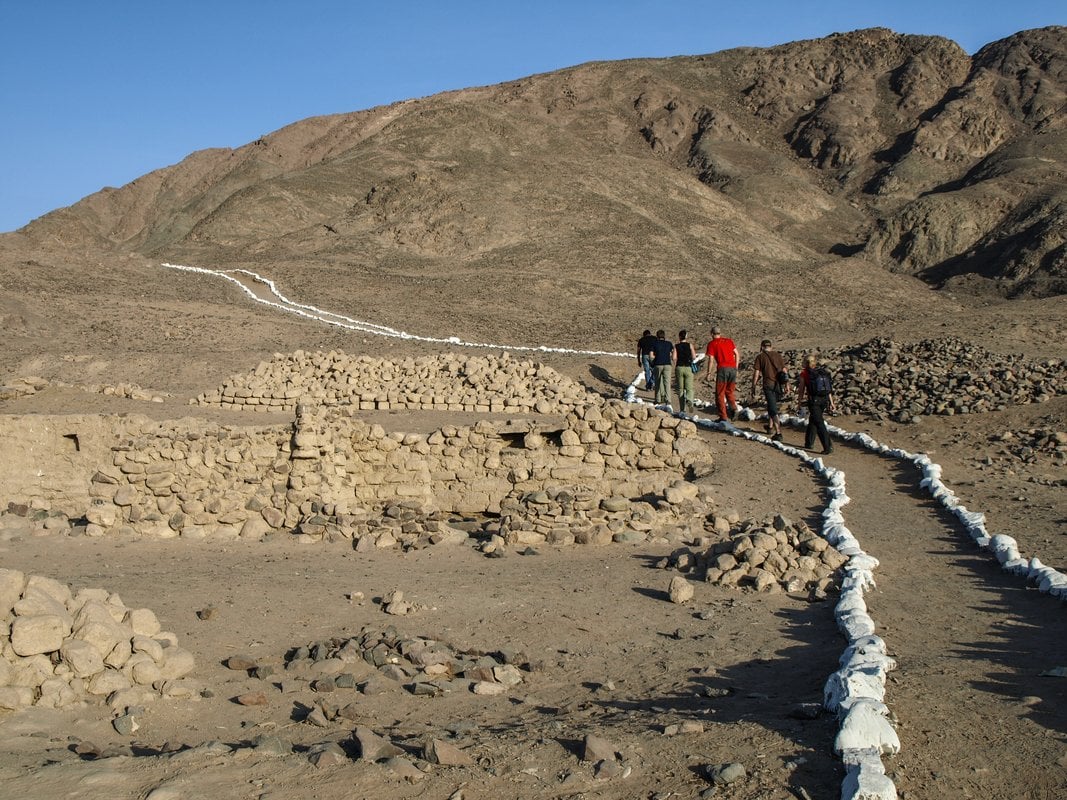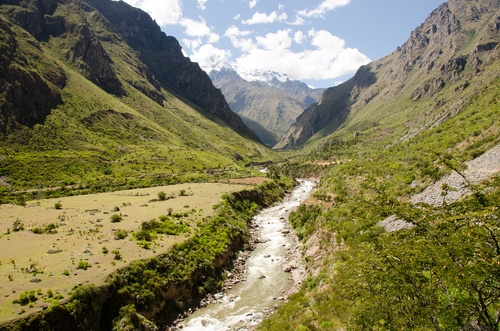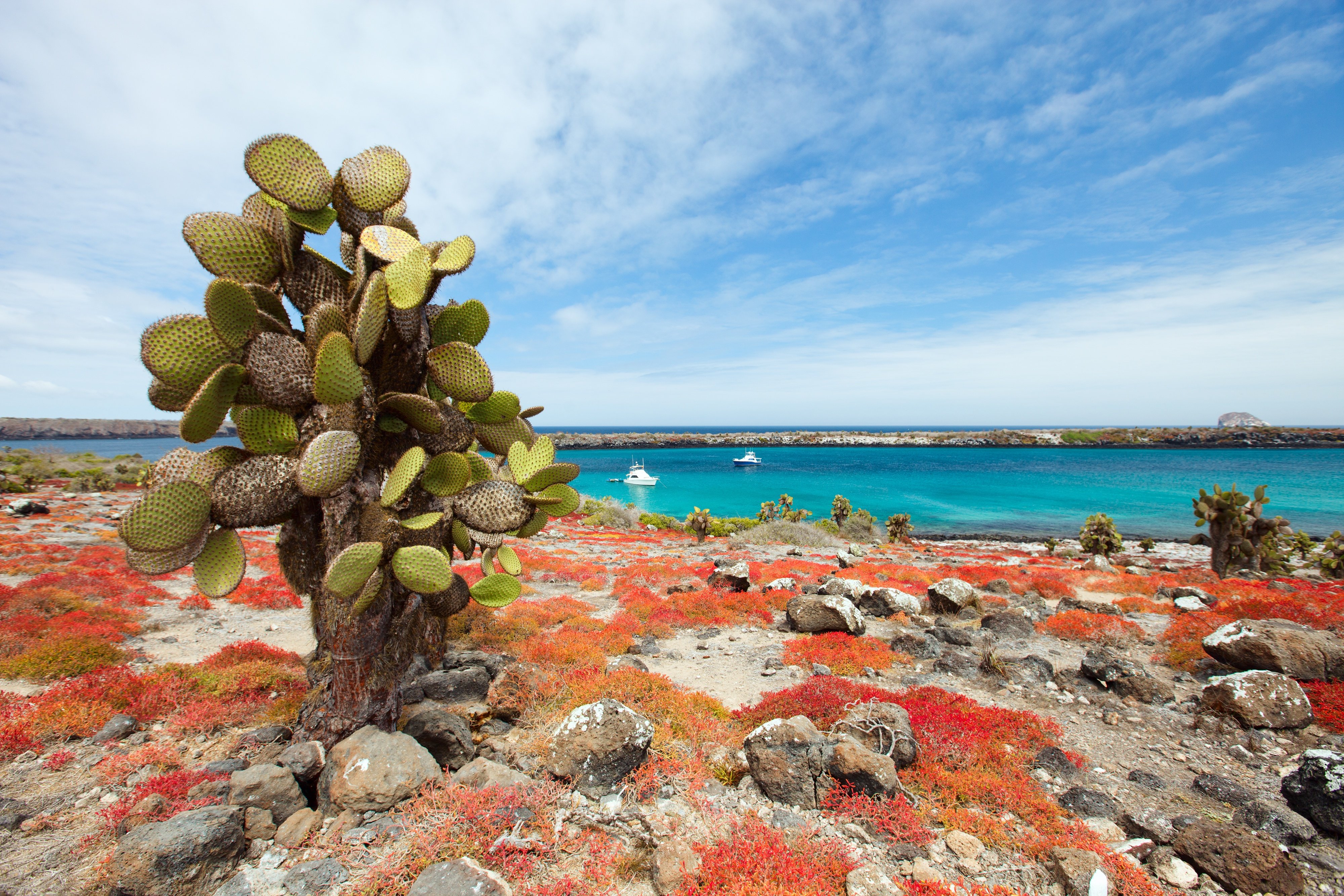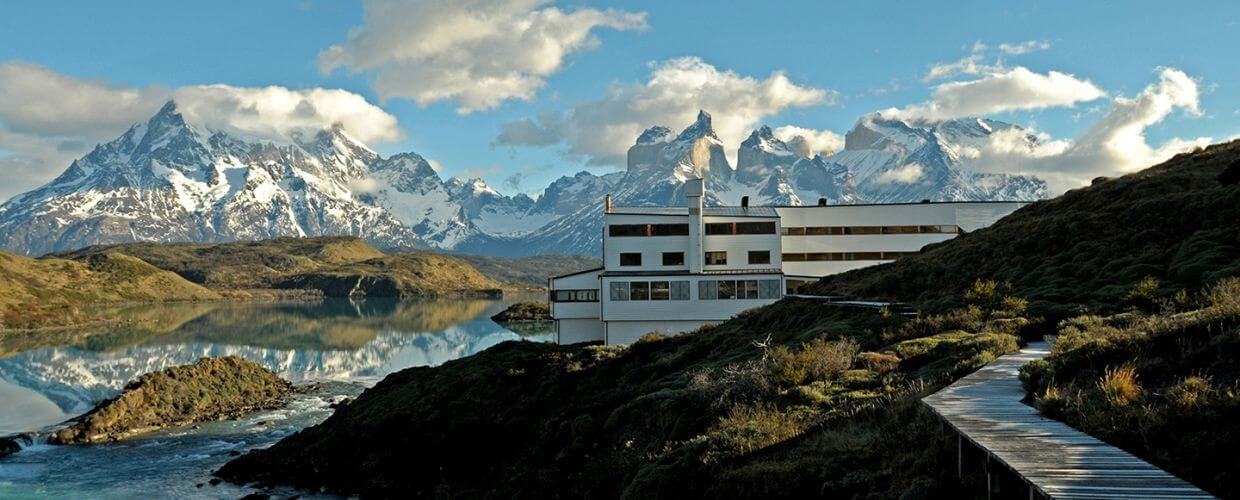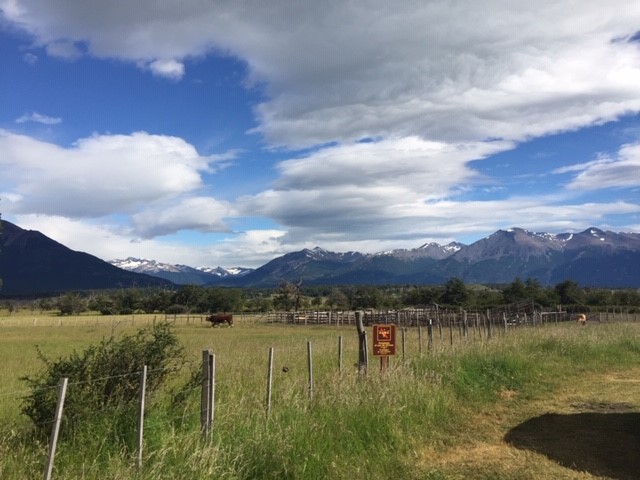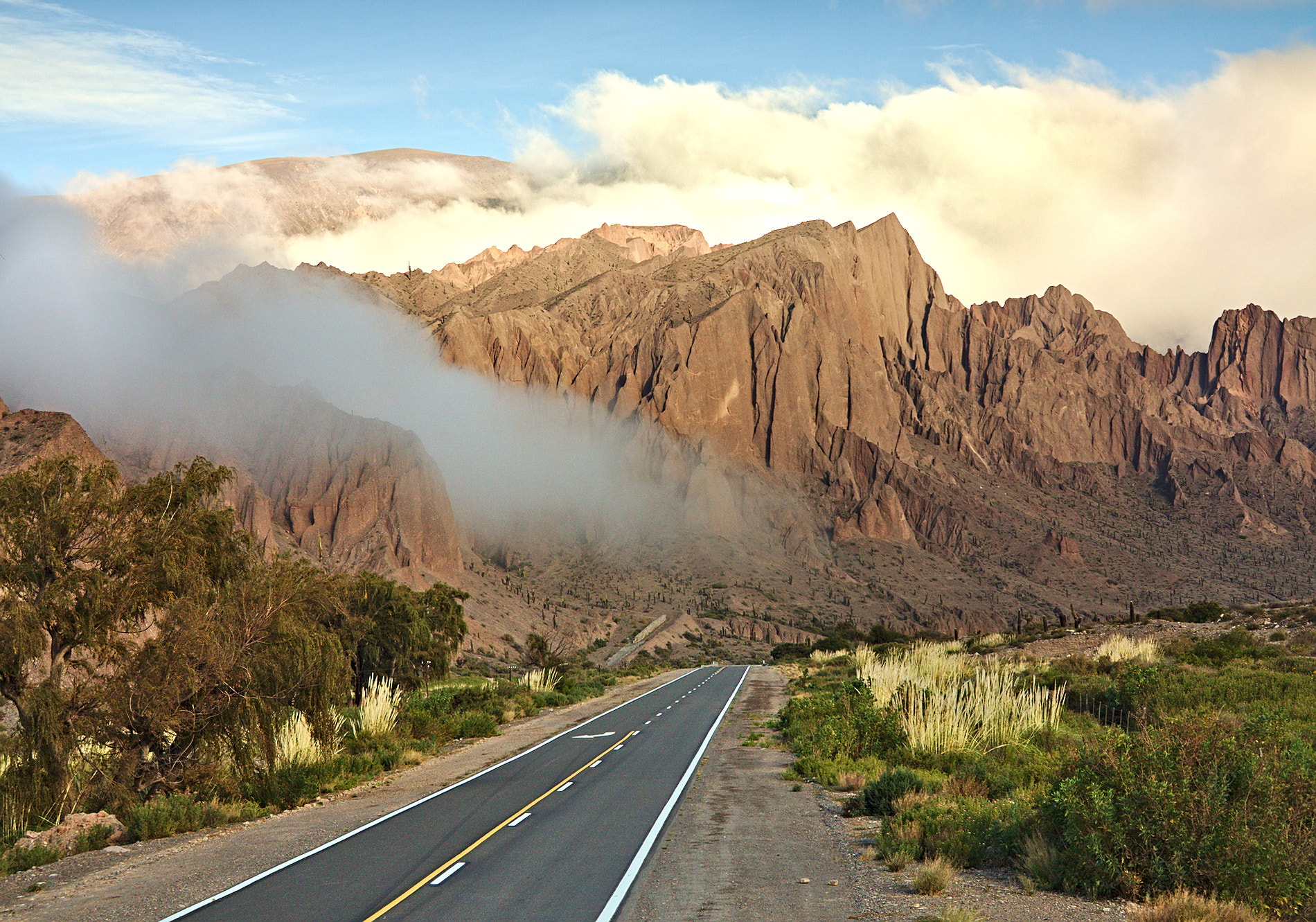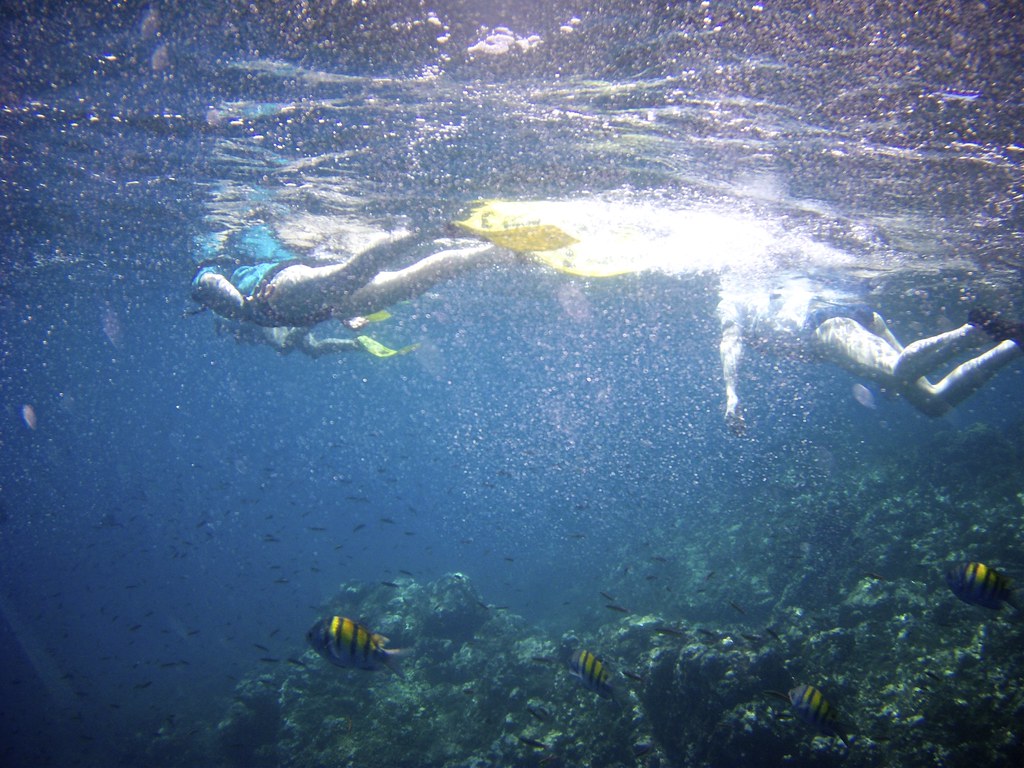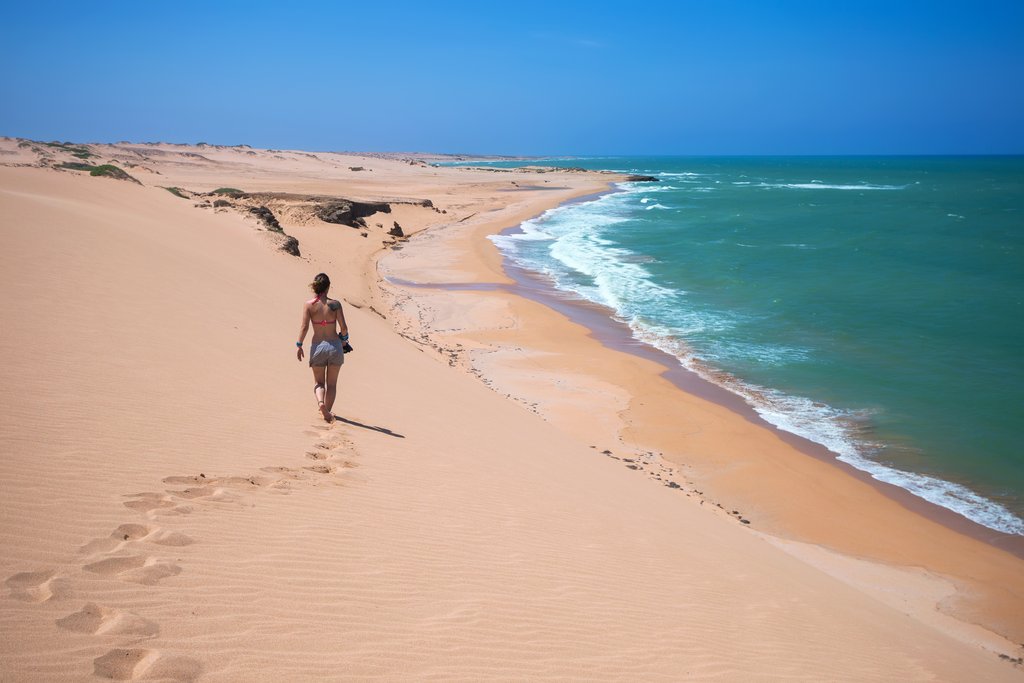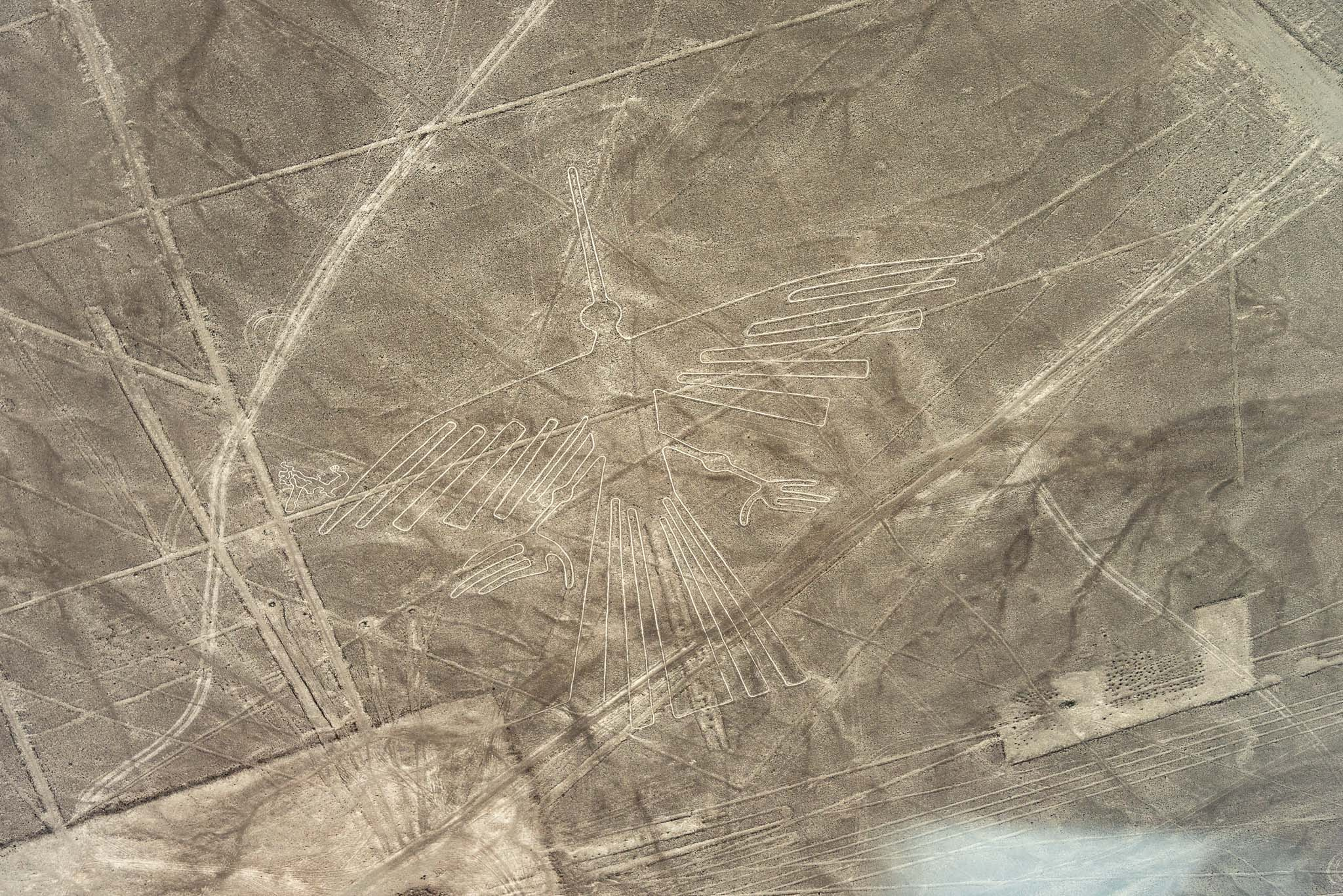
The plane was so small it could barely fit three people. To make matters worse, we were bumping about on air currents rising from the Peruvian desert. All of this to view ancient figures carved into the desert floor, two thousand feet below.

Our faces pressed against the plane’s rattling windows, we stared at a giant hummingbird, over 300 feet long, cut into the desert beneath us. And there was a 150-foot spider, frozen in mid-crawl. Then we sailed over a 400-foot figure of a condor. Further afield we came upon the most iconic image in this pre-Columbian field of dreams, a 300-foot wide monkey with an immense curly tail.
These geoglyphs and hundreds of others were scraped into the desert roughly two thousand years ago by the people of this area, the Nazca. The Nazca culture is believed to have begun around 100 B.C. and continued to 700 A.D. These images below are accompanied by hundreds of lines and geometrical shapes also etched onto this plain. The entire field is called the Nazca Lines.
As we flew over the more than 300 designs in the area, we saw more examples of these giant animals – a whale, a jaguar, a lizard and even a human – about 70 in all. These representational forms remained untouched in the bone-dry desert just as they have for millennia.
The Mysteries of the Nazca Lines
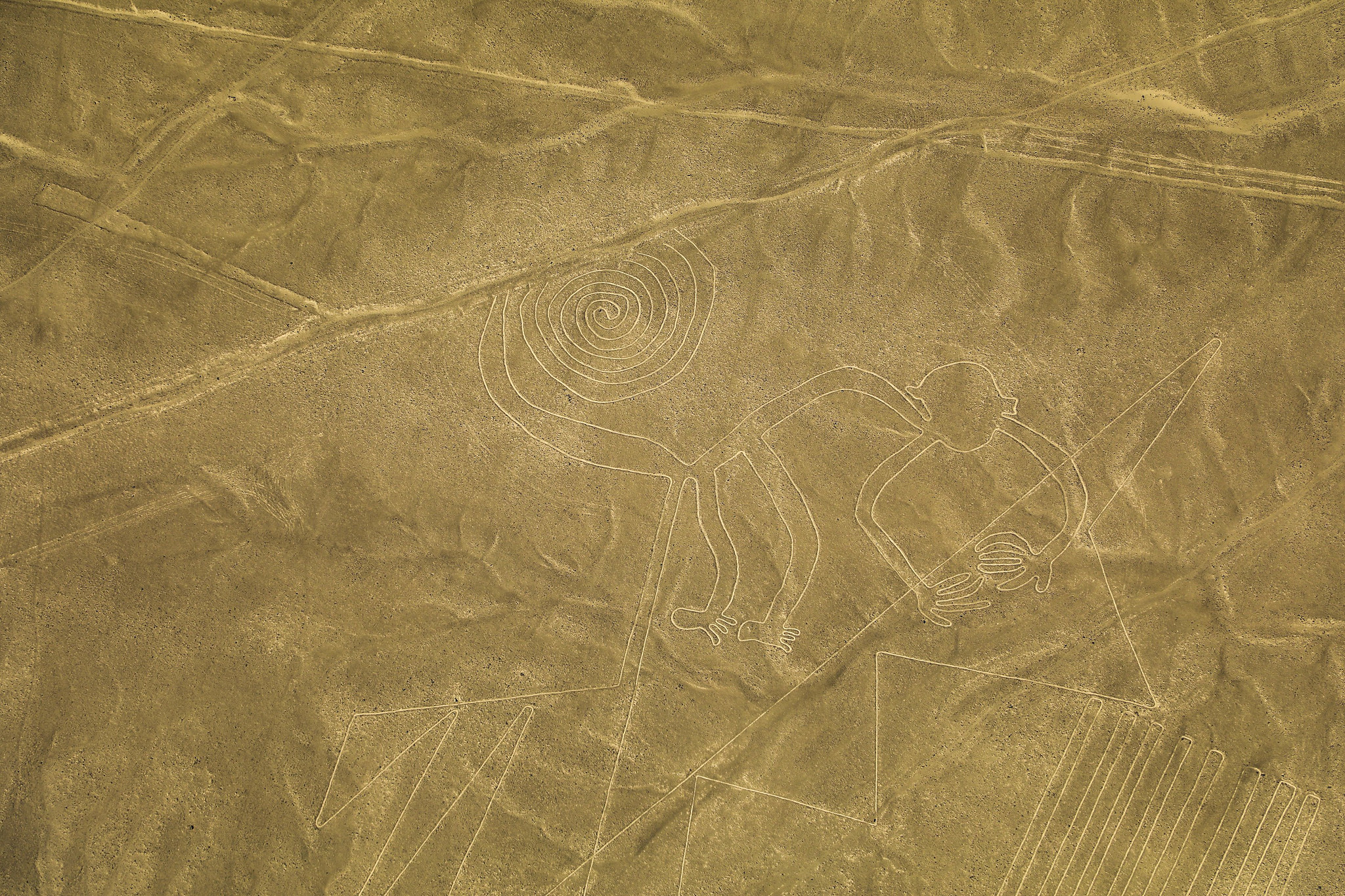
As we circled above these mysterious drawings, we saw other small planes also carrying tourists to view what could be considered the world’s largest art installation. Located about 250 miles (400 kilometers) south of Lima, Peru, the Nazca Lines are only fully visible from the air. In fact, standing on the desert floor, one can barely make out any sort of design, much less appreciate the hundreds of lines, shapes and figures that make up this busy canvas. They are somewhat visible from the nearby foothills but not entirely.
This brings up the question, if these lines are only completely visible from about 2,000 feet above, how were they designed by an ancient people, situated firmly at sea level? And just as perplexing, what was their purpose? It had clearly taken a lot of time and effort to create this vast and geometrically accurate display.
Study of the Nazca lines began in the 1920’s, but it wasn’t until Peruvian pilots flew over them in the 1930’s and appreciated the scope and variety of the geoglyphs that they attracted worldwide attention.
Were the lines and images an act of worship? Welcoming symbols to the gods in the sky? Part of an elaborate ritual to summon rain in this dry desert? Perhaps they had an astronomical purpose or were an immense calendar. Or, as some believe, they were created to welcome aliens.
There are dozens of theories with teams of scientists, anthropologists and archeologists all proposing an answer. But despite 90 years of study, no proposal has proven to be definitive and the lines remain one of the world’s perplexing archeological mysteries.
However, although we don’t know their purpose, we do know that the actual construction of the lines themselves was a rather simple, but ingenious process. The desert floor here is composed of a top layer of iron-oxide coated pebbles which have a deep rust color. The Nazca people simply removed this top layer, revealing a lighter, yellowish subsoil below. The lines are only about a third of a meter or a foot across. But the contrasting colors between the surface and the subsoil are different enough to be easily seen at 2 feet or 2,000 feet.
How Have the Lines Survived?
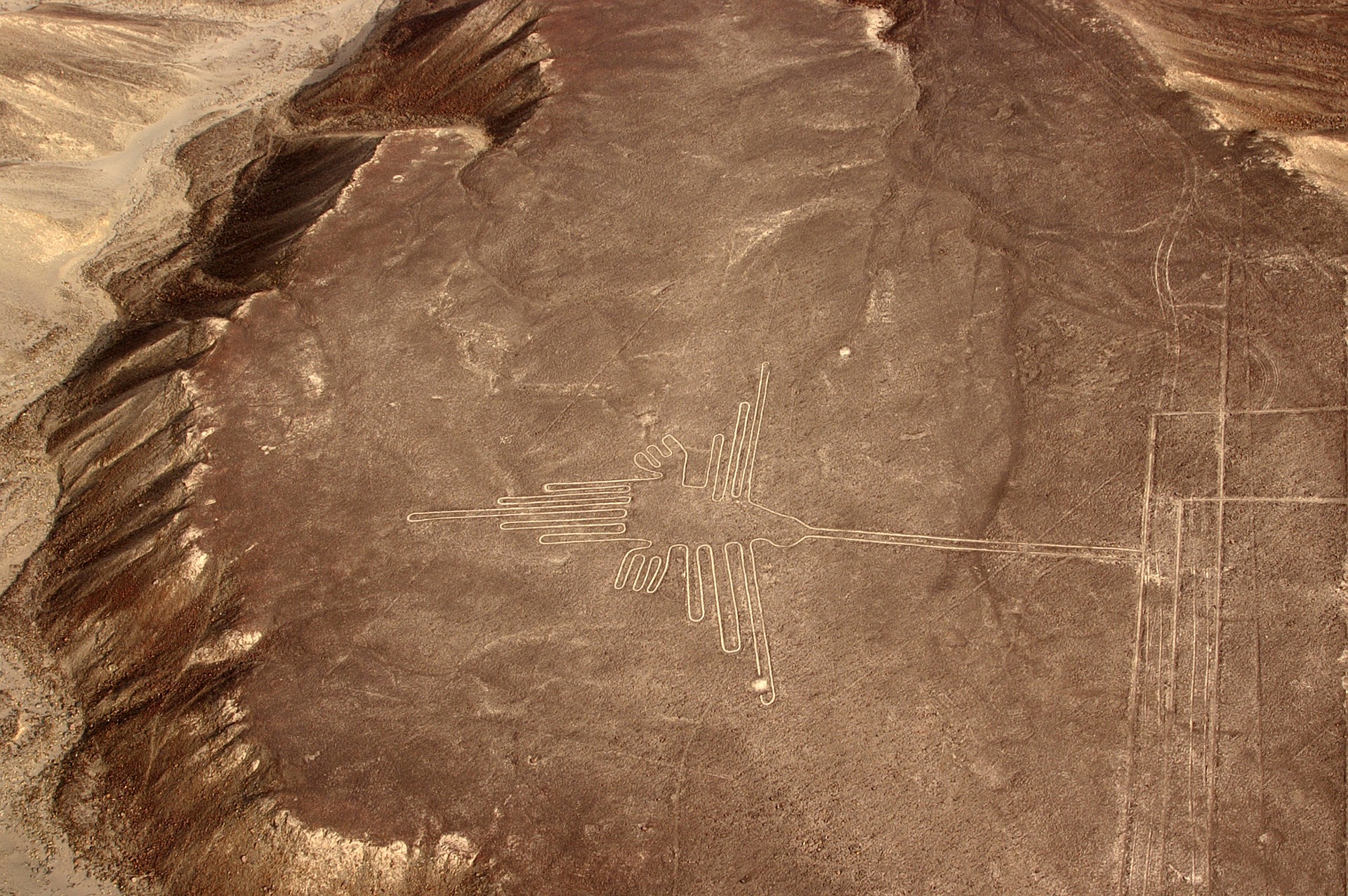
Flying over this immense plateau, we marveled at the number and detail of the figures. How did they survive through the ages? The answer comes down to a matter of location. This plain is one of the driest on the planet. It is also isolated, nearly windless, and its climate is an almost constant 77 0F (25 0C).
When the Nazca people constructed the lines, removing the top layer of soil, they exposed the sublayer which is rich with lime. In time, the morning mists combined with the lime to harden and form a protective layer. This layer helped to resist erosion.
As we gazed down on the giant etchings of llamas, fish, lizards and dogs, we were, for the most part, viewing the designs in the form in which they had first appeared so long ago.
However, as with so many other regions of the planet, climate change is beginning to reach this heretofore untouched expanse. In 2009, rains hit the area and downfalls of water deposited sand and clay onto the forms. The lines themselves are not very deep, only about 20 cm and are thus vulnerable to erosion from the rains. This was the first time in memory of any climate damage to the figures.
Additionally, squatters and even environmentalists have caused some unintentional damage. In 2014 members of Greenpeace unfurling a sign promoting renewable energy accidently damaged the great hummingbird design when they tramped through the area.
Authorities have since stepped up their protective surveillance of the lines, a designated UNESCO World Heritage Site.
Nazca’s Future
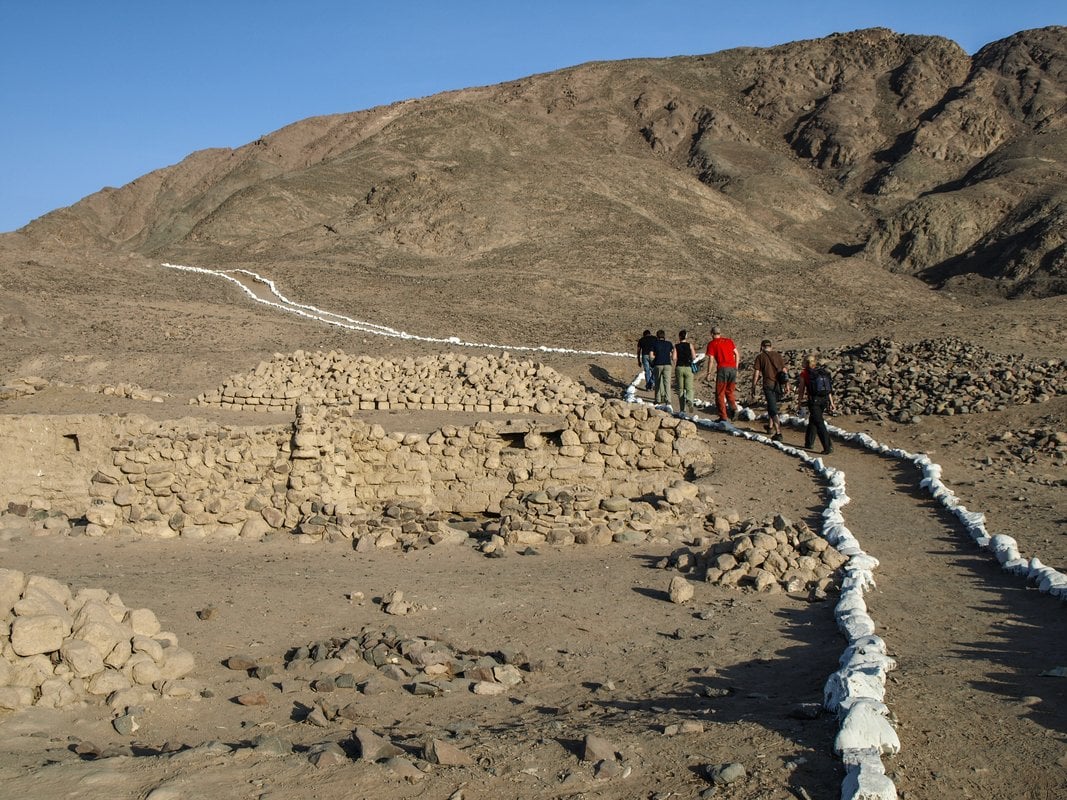
With the advent of technology and especially aviation, the world became aware of and could appreciate the Nazca Lines, just as we did sailing above them.
Recently, new drone technology has revealed more than 50 new geoglyphs nearby. The lines of these figures eroded over time and became too faint to be seen closeup. But from above, their patterns could be recognized by the drone’s camera which can decipher objects less than a half-inch wide.
Mostly human warrior figures, these newly discovered images predate the known Nazca Lines, opening more possibilities as to the origin and purpose of these representations. These new discoveries will also be protected under the area’s UNESCO World Heritage classification.
Perhaps most encouraging of all, these figures may soon have additional neighbors as the new drone technology will continue exploring potential sites in the region, uncovering ancient art that is patiently waiting to be revealed and enjoyed.
With increased awareness and protection, the Nazca Lines will survive for future generations to be viewed, just as we had been so fortunate to do that special day.
Interested in a flight over the Nazca Lines? Speak with one of our experts.
Download our free Peru e-Book for a comprehensive travel guide.

